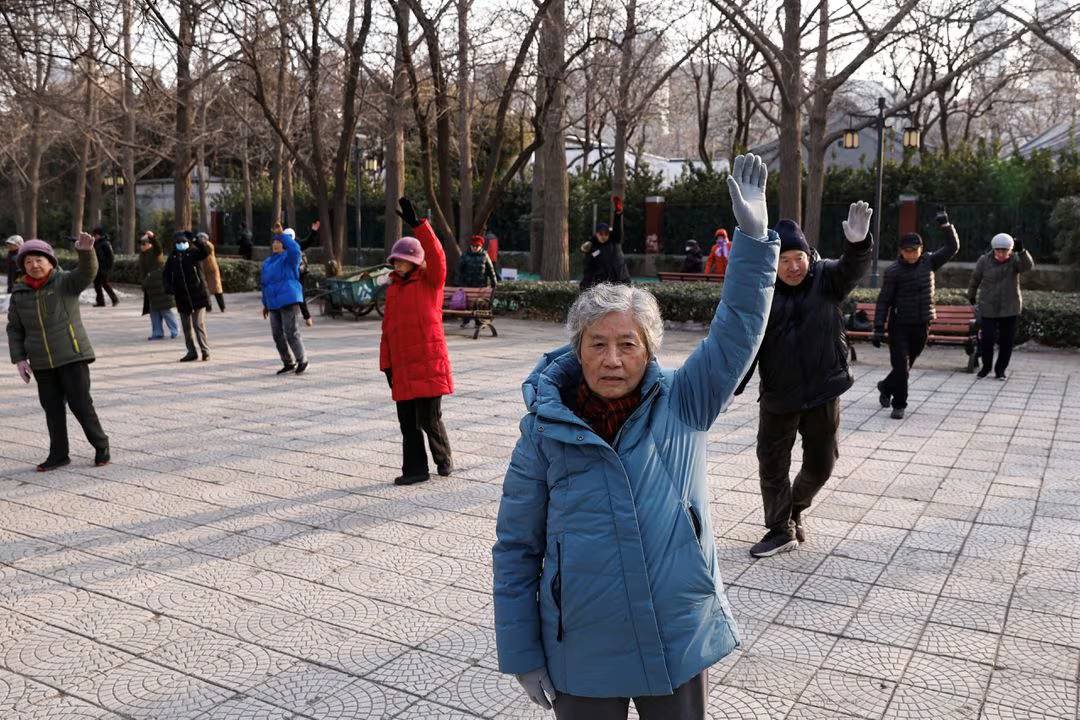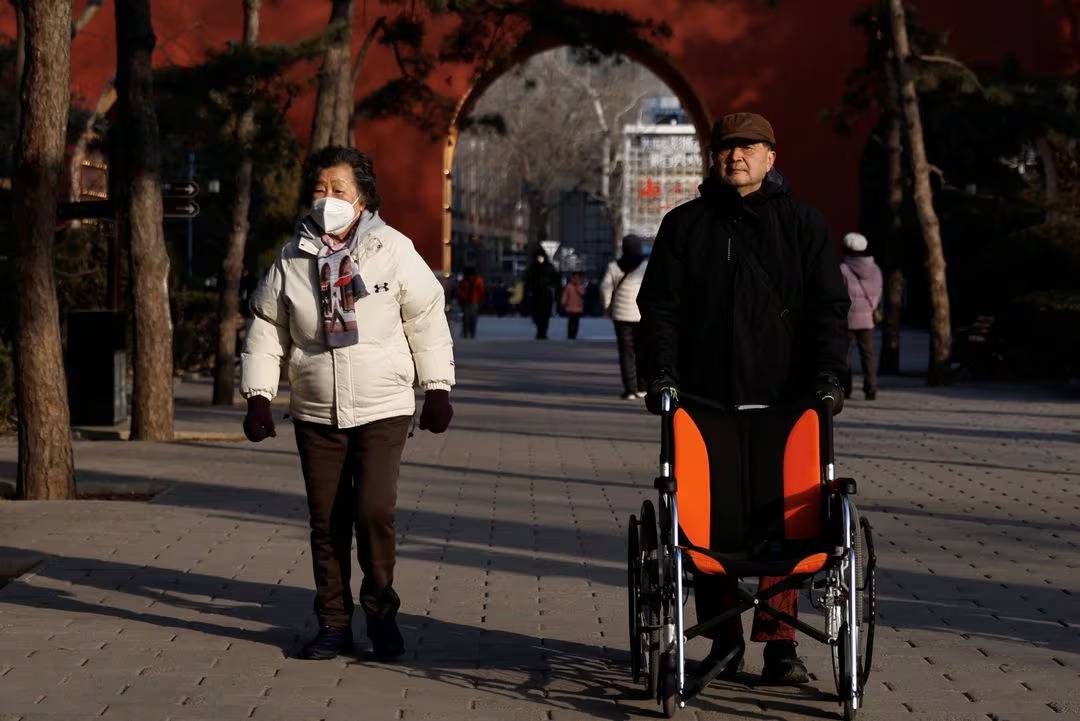China’s aging population threatens switch to new economic growth model

HONG KONG—China’s aging population threatens key Beijing policy goals for the coming decade of boosting domestic consumption and reining in ballooning debt, posing a severe challenge to the economy’s long-term growth prospects.
A record low birth rate in 2023 and a wave of COVID-19 deaths resulted in a second consecutive year of population decline, accelerating concerns about China’s demographic downturn.Large groups of the 1.4 billion people living in the world’s second-largest economy will exit the labor pool and age past a prime period of their lives for consumption, exacerbating structural imbalances that policymakers have vowed to address.Household consumption’s share of economic output in China is already one of the lowest in the world, while many provincial governments—responsible for pensions and elderly care—are deep in debt as a result of decades of credit-fueled, investment-driven growth.“China’s age structure change will slow down economic growth,” said Xiujian Peng, senior research fellow at the Centre of Policy Studies at Victoria University in Melbourne.In the next 10 years, about 300 million people currently aged 50 to 60—China’s largest demographic group, equivalent to almost the entire US population—are set to leave the workforce at a time when pension budgets are already stretched.The state-run Chinese Academy of Sciences sees the pension system running out of money by 2035, with about a third of the country’s provincial-level jurisdictions running pension budget deficits, according to finance ministry data.Low retirement age
China, which accepts few and only highly skilled foreign workers, has one of the world’s lowest retirement ages, at 60 for men, 55 for white-collar women and 50 for women who work in factories. A record 28 million people are scheduled to retire this year.
Employees at state-owned companies are typically mandated to retire when of age, while private employers rarely keep workers longer, whereas in some Western countries the retirement age is more flexible.
Unemployed Li Zhulin, 50, from the northwestern Shaanxi province, frets about relying solely on her husband’s pension of about 5,000 to 7,000 yuan ($697 to $975) per month when he retires in 2027 after a career at a state-owned company.
Li has been cutting back on expenses and scouring the internet for financial planning tips to try to be “less of a burden” for her only daughter.
“In addition to supporting her own family if she marries, she would also take care of four elderly people,” Li said, including the husband’s parents. “I can’t imagine how difficult that would be.”Chinese society has traditionally expected children to support their parents financially as they age and often by living together to care for them.
But as in many Western countries, rapid urbanization has shifted young people to bigger cities and away from their parents, prompting a rising number of seniors to rely on self-care or government payments.Whereas five workers supported every Chinese retiree in 2020, the ratio will decline to 2.4 workers in 2035 and 1.6 in 2050, estimates University of Wisconsin-Madison demographer Yi Fuxian.

Aging consumers
“By that point, China’s pension crisis will develop into a humanitarian catastrophe,” Yi said.China’s second-largest group, about 230 million people age 30 to 49, are in a prime period for consumption as their career is advanced enough to afford buying homes and cars and parents begin spending on child education.Once the group reaches their 50s, their children will finish schooling and start earning their own income, meaning the cohort is expected to participate less in domestic consumption.Their future replacement, currently in their 20s, is the smallest generation since the famines of the 1950s, a direct result of China’s one-child policy from 1980 to 2015.
This bodes ill for China’s property sector, which accounted for about a quarter of its economic output before its bubble popped in 2021 due to overleveraged developers and excess supply of apartments, drawing comparisons with Japan’s predicament in the 1990s before its lost decades of stagnation. —REUTERS
Reuters, the news and media division of Thomson Reuters, is the world’s largest multimedia news provider, reaching billions of people worldwide every day. Reuters provides business, financial, national and international news to professionals via desktop terminals, the world's media organizations, industry events and directly to consumers.

















